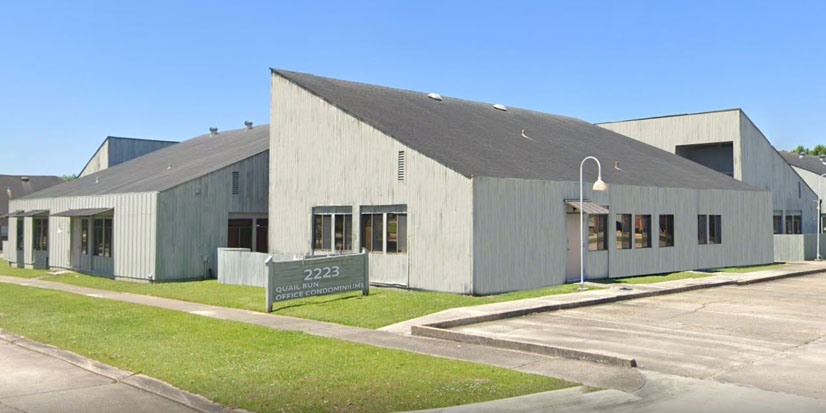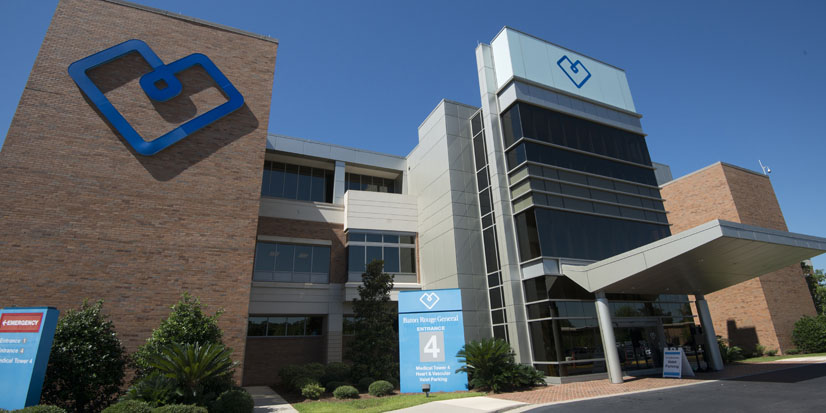Lung surgery may be recommended to treat a number of conditions, including cancer, benign tumors, COPD and other medical issues involving the lungs. When it comes to accessing the lungs to perform surgery, surgeons have two options: traditional open access procedures and minimal access procedures.
Minimal access procedures require only a few small incisions in the chest wall. In contrast, open access procedures require surgeons to make large incisions and spread open the patient's ribs to access the lungs. This typically results in more post-surgical pain, a higher risk of complications, and longer recovery times. That’s why surgeons prefer using minimal access procedures, when possible, to perform lung surgery.
When it comes to minimal access procedures for lung surgery, surgeons can perform video-assisted thoracoscopic surgery (VATS) or robotic-assisted thoracic surgery. During VATS, a surgeon inserts a tiny camera and small surgical instruments into the chest cavity via a series of small incisions in order to perform surgery. During robotic-assisted thoracic surgery, the surgeon makes similar small incisions in the chest cavity to allow access for robotic “arms” to perform the surgery. A camera and surgical instruments are attached to the robotic arms and the surgeon controls all movements.
Robotic Thoracic Surgery
Robotic thoracic lung surgery is conducted in a specially designed surgical suite containing robotic surgical equipment that consists of a high-definition camera, a series of robotic “arms”, surgical instruments that attach to the arms and a console where the surgeon controls all movements of the arms, instruments and camera. Close-up 3-dimensional images of the patient’s internal anatomy are transmitted to a screen near the surgeon. The robotic arms have movable wrists and move exactly as the surgeon moves, providing a greater range of motion, dexterity and control than human hands.
The patient is placed under general anesthesia so they are asleep during surgery. A breathing tube is inserted and the patient is positioned on his or her side. Then the surgeon makes 3-4 small incisions in the patient’s chest wall. With the use of the robotic arms controlled by the surgeon, a tiny camera and surgical instruments access the lungs through the incisions. Even though the equipment is robotic, it does not perform any part of the surgery on its own – the surgeon controls all movements. Surgeons are extensively trained on the use of the robotic equipment for surgery – not all surgeons are able to perform robotic-assisted thoracic surgery.
Uses of Robotic Thoracic Surgery
Robotic-assisted surgery may be the treatment of choice for a variety of lung procedures. It is most often used for lung cancer surgery, including:
Removal of a wedge-shaped portion of a lung that includes cancerous and healthy tissue
Removal of a portion of an affected lung, as well as some surrounding healthy tissue
Removal of an entire lobe of the lung
Benefits of Robotic Thoracic Surgery
Robotic thoracic lung surgery offers these advantages over open access procedures:
- Smaller incisions
- Reduced blood loss
- Lower risk of complications
- Less post-operative pain
- Shorter hospital stays
- Faster overall recovery times
In addition, robotic thoracic lung surgery has advantages over VATS, including:
- 3D imaging of the surgical area (VATS offers 2D imaging) provides more precise disease assessment and exceptional visualization during surgery
- Robotic arms provide more controlled movements and a wider range of motion than the human arm, wrist or hand
Risks of Robotic Thoracic Surgery
As with any surgery, there are risks associated with robotic thoracic lung surgery:
- Bleeding
- Infection
- Air leakage from the lungs
- Abnormal heartbeats
- Pain
- The chance that an open access approach will be needed during surgery
- Complications from anesthesia
Robotic-assisted thoracic surgery may take longer than other types of thoracic surgical procedures, which means patients remain under anesthesia longer. Therefore, it is important for doctors to carefully consider a patient's medical history before deciding on this type of procedure.
What to Expect After Surgery
After surgery, patients will stay in the hospital for a few days, although the length of hospital stay and risk of post-surgical complications is typically less than for open access procedures. It is normal for patients to experience some pain at the incision sites.
After a few weeks post-surgery, patients will start to recover their strength and stamina and can gradually resume normal activities. Of course, everyone’s path to recovery is different and depends on the reason for the surgery, the patient’s overall health, age and other factors.
Become a Patient
Call (225) 763-4457 to speak to our patient navigator.









